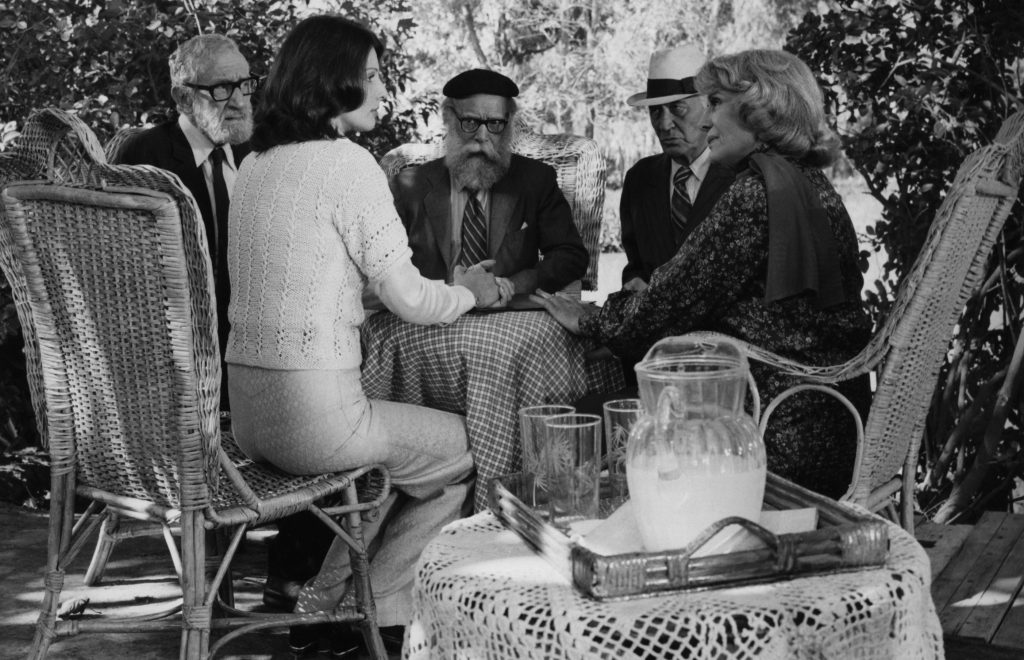Este lunes 16 de diciembre, el Museo del Cine Pablo Ducrós Hicken presentará su clásico calendario para el año entrante, esta vez dedicado a las remakes del cine argentino y con José Martínez Suárez en la tapa, a modo homenaje. Esta presentación significará, además, el cierre de la temporada 2019.
Desde las 18.30, el recinto ubicado sobre Caffarena 49 en el porteño barrio de La Boca anunciará el calendario que tendrá en su portada “Los muchachos de antes no usaban arsénico”, la película que inmortalizó Martínez Suárez y que en este año tuvo su regreso con “El cuento de las comadrejas”, de Juan José Campanella.
El calendario nace como una vía de difusión del patrimonio fotográfico y homenajea a diversos momentos pasados y presentes del cine argentino. Con el tiempo adquirió el perfil de entregas temáticas desde donde se presentaron en los sucesivos años: madres, novias, villanos, policiales, costumbres argentinas, literatura, directores, besos, homenajes a retratistas como Annemarie Heinrich y Sivul Wilenski balanceando aquellos rostros y perfiles recordados en la memoria popular con otros que merecen remarcarse.
Desde sus primeras épocas la cinematografía se ha inspirado en fuentes literarias, teatrales, comics, series de televisión y también, en otras películas. En el cine argentino no abundan demasiado las remakes, pero se han realizado varias versiones de clásicos del teatro popular y, de algunas producciones anteriores. Tal es el caso de
“Nobleza gaucha”, gran éxito de público producido en 1915, cuya versión sonora se realizó en 1937. Más allá de las razones que llevan a un creador a reelaborar una película anterior, una de las cuestiones más interesantes de este tipo de producciones es que nos permiten atisbar las diferencias que cada época y autor imprimen en su versión.
A continuación, La Vereda te cuenta qué películas serán parte de las páginas de este calendario.


